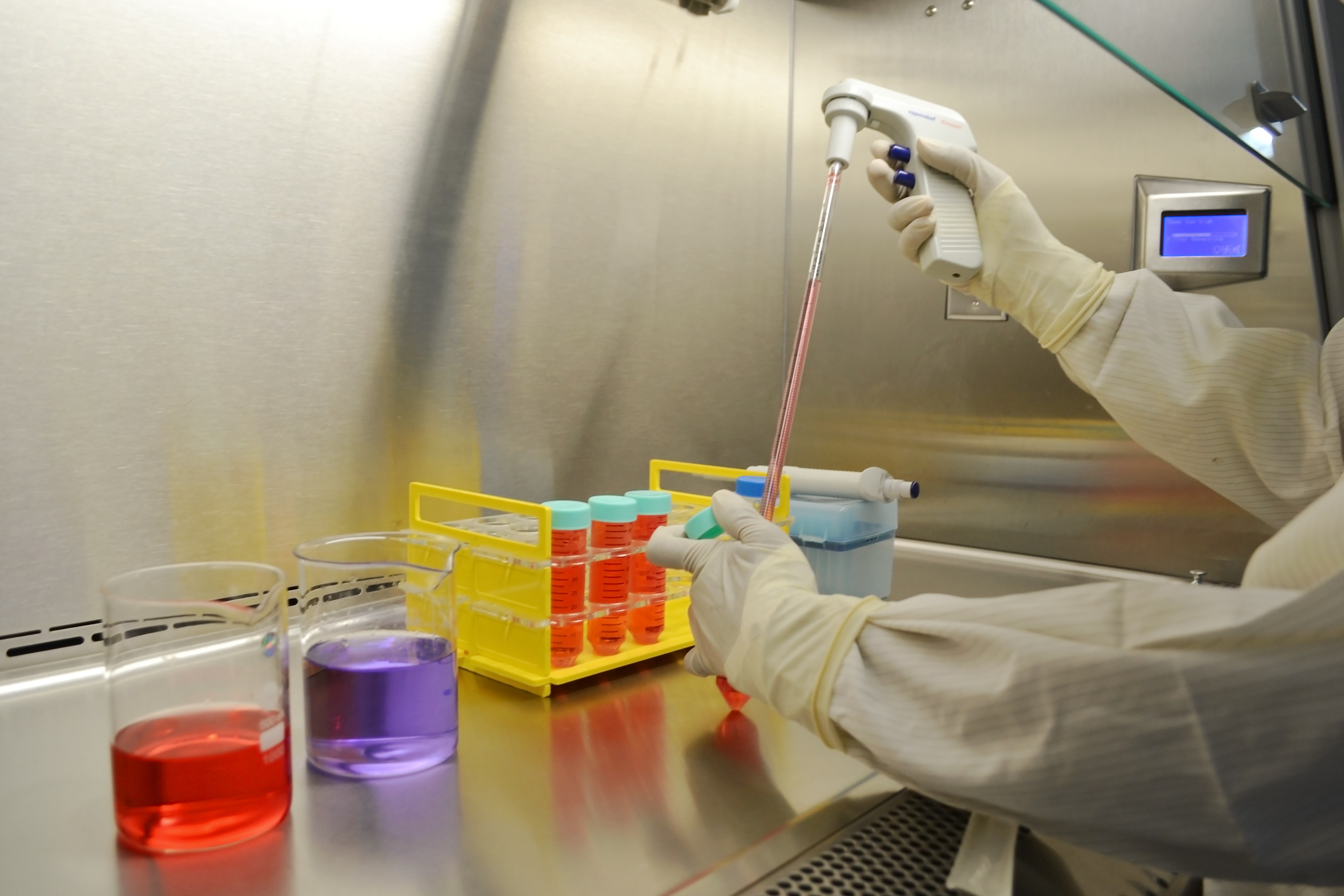Expanding Biolab Complex in Berkeley Has Residents Worried
By Sharon Lerner, Lee Fang,
The Intercept [cites CGS' Marcy Darnovsky]
| 06. 09. 2021
The Bayer Corporation has made it clear that the creation of a biological research facility on its waterfront property in Berkeley, California, will not have any significant impact on birds, air quality, greenhouse gas emissions, traffic, or noise levels. But while the company’s application to the Berkeley City Council to extend the 30-year development plan for its 46-acre campus is filled with meticulous details, down to the vibration levels of the various pieces of construction equipment that may build it and the degree to which sunlight will reflect off the new buildings, the company has provided area residents with far less clarity on the research that will go on inside its newly expanded complex and how it might affect them.
“What are they going to do there? What kind of microorganisms are they going to be working with?” asked Marcy Darnovsky. “They say they’re going to follow all the rules. Well, is there any oversight?” Darnovsky, a resident of the area and executive director of the Center for Genetics and Society, which advocates for the responsible use of biotechnology, is asking questions that have...
Related Articles
By Jenny Lange, BioNews | 12.01.2025
A UK toddler with a rare genetic condition was the first person to receive a new gene therapy that appears to halt disease progression.
Oliver, now three years old, has Hunter syndrome, an inherited genetic disorder that leads to physical...
By Rachel Hall, The Guardian | 11.20.2025
Couples are needlessly going through IVF because male infertility is under-researched, with the NHS too often failing to diagnose treatable causes, leading experts have said.
Poor understanding among GPs and a lack of specialists and NHS testing means male infertility...
By Pam Belluck and Carl Zimmer, The New York Times | 11.19.2025
Gene-editing therapies offer great hope for treating rare diseases, but they face big hurdles: the tremendous time and resources involved in devising a treatment that might only apply to a small number of patients.
A study published on Wednesday...
By Aisha Down, The Guardian | 11.10.2025
It has been an excellent year for neurotech, if you ignore the people funding it. In August, a tiny brain implant successfully decoded the inner speech of paralysis patients. In October, an eye implant restored sight to patients who had...




